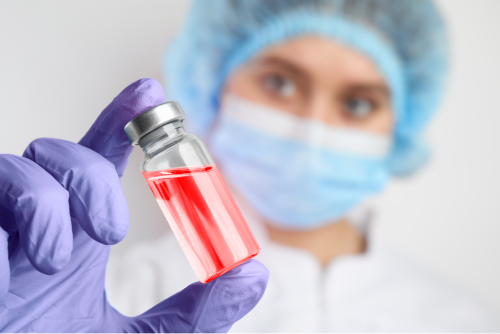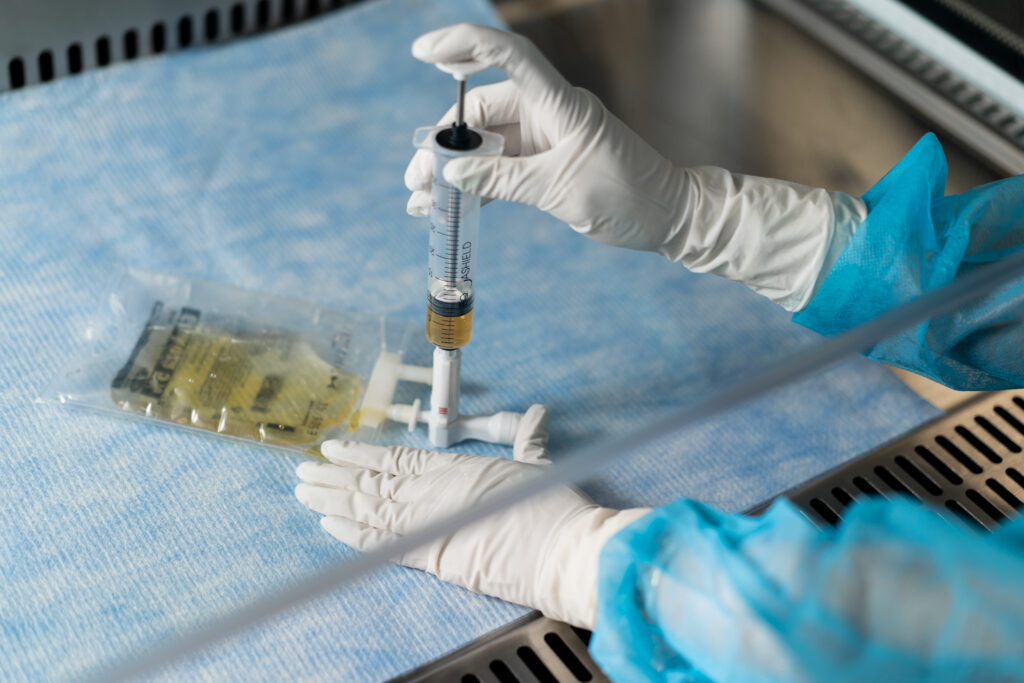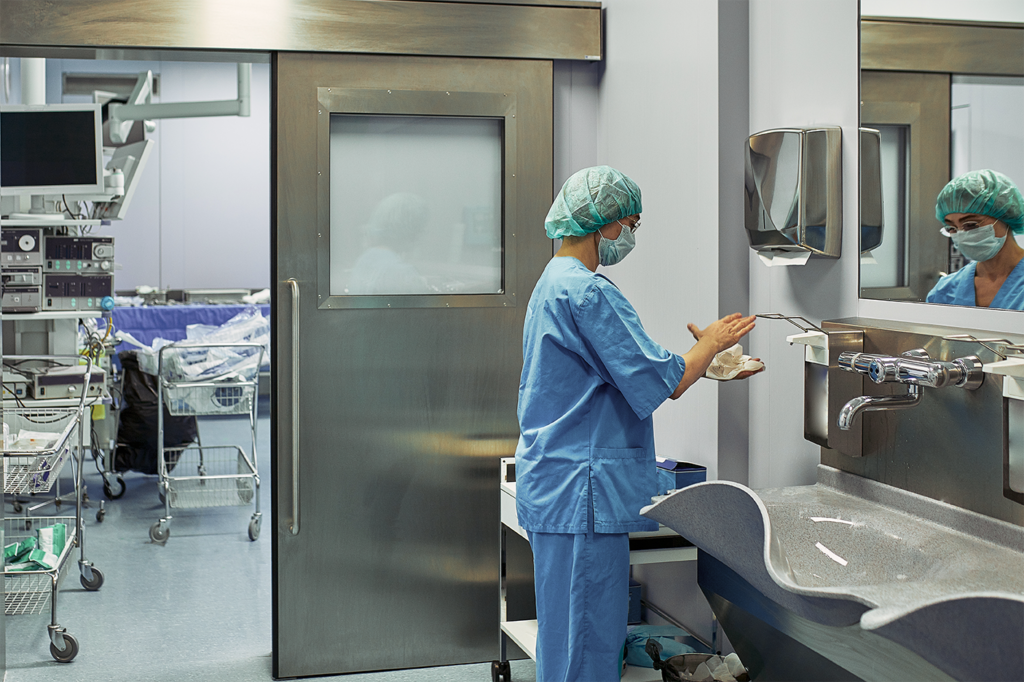In the United States, it is estimated that there are over 100,000 veterinary healthcare workers, including veterinarians, veterinary technicians, and support staff, who play a crucial role in the care and treatment of animals1. These professionals are often exposed to hazardous drugs, such as chemotherapy agents and immunosuppressive medications, which can pose significant occupational health risks. Long-term effects of such exposure can include skin and respiratory irritation, organ damage, and an increased risk of developing various cancers3 . Research on the demographic characteristics of veterinary healthcare workers indicates that most of these professionals are women and may be at a higher risk of reproductive toxicity due to hazardous drug exposure2. It is essential for veterinary healthcare workers to be aware of these risks and implement safety measures to minimize exposure and protect their health. Safety measures include using personal protective equipment (PPE) and closed system transfer devices (CSTDs) when preparing and administering hazardous drugs.
Cancer in Pets is on the Rise
According to the American Veterinary Medical Association (AVMA), cancer is a leading cause of death in pets, accounting for almost 50% of all disease-related pet deaths annually5. The growing number of cases has been attributed to several factors, including increased life expectancy due to advancements in veterinary care, improved diagnostics, and greater awareness among pet owners. Among household pets, dogs have the highest incidence of cancer, with one in four dogs developing cancer at some point in their lives5. Cats also experience cancer, albeit at lower rates compared to dogs. This upward trend in cancer cases among pets highlights the need for continued research, early detection, and advanced treatment options to improve outcomes and enhance the quality of life for affected animals.
In this blog post, we will discuss the different types of hazardous drugs used in veterinary settings, detail the potential risks involved in handling these drugs, and provide a step-by-step guide for veterinarians to follow when handling hazardous drugs, focusing on the use of closed system transfer devices (CSTDs).
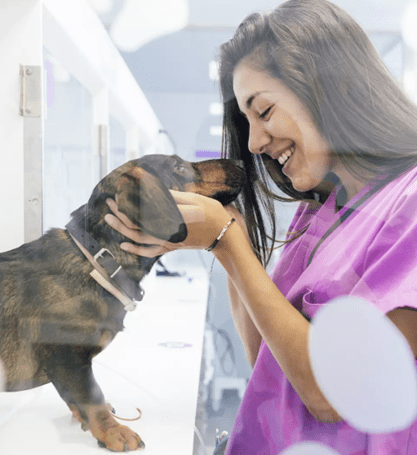
Hazardous Drugs in Veterinary Medicine
Hazardous drugs are medications that pose a potential risk to humans through exposure due to their inherent toxic properties. In veterinary medicine, hazardous drugs can include:
- Chemotherapy agents used to treat various cancers in animals
- Hormones and hormone antagonists
- Immunosuppressive agents for managing autoimmune diseases and facilitating organ transplants
- Antiviral medications
- Certain antibiotics and antifungal agents
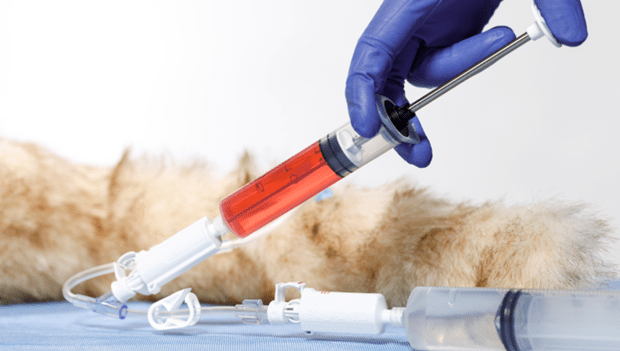
Potential Risks and Precautions
Veterinary healthcare professionals often handle hazardous drugs to treat a variety of medical conditions in animals. These professionals must understand the potential risks associated with handling these drugs and take necessary precautions to ensure their safety, as well as the safety of the animals they treat. Handling hazardous drugs can pose risks to veterinary healthcare professionals, including skin irritation, respiratory issues, and reproductive toxicity. Often, vets are compounding hazardous drugs without engineering controls, such as biological safety cabinets or compounding aseptic containment isolators. These veterinary healthcare providers may be at a higher risk for exposure to hazardous drugs and vapors.
To minimize these risks, it is essential to follow proper handling procedures, including:
- Wearing appropriate personal protective equipment (PPE) such as gloves, gowns, and eye protection.
- Utilizing engineering controls like biological safety cabinets or compounding aseptic containment isolators when possible.
- Implementing safe work practices, such as avoiding hand-to-mouth contact and washing hands thoroughly after handling hazardous drugs.
- Regularly training staff on safe handling practices and staying updated on the latest guidelines and recommendations.
The Role of Closed System Transfer Devices in Veterinary Medicine
CSTDs, such as EQUASHIELD CSTDs, play a crucial role in mitigating the risk of exposure to hazardous drugs during the preparation and administration process. These devices create a sealed barrier between the drug and the environment, preventing the escape of hazardous drug or vapors.
Clinical studies4 have shown that by incorporating CSTDs into their practice, veterinarians can:
- Reduce the risk of exposure to hazardous drugs for themselves and their staff.
- Minimize the risk of contamination during drug preparation and administration.
- Improve the overall safety of handling hazardous drugs in veterinary settings.
A Step-by-Step Guide for Handling Hazardous Drugs
To ensure safety when handling hazardous drugs in veterinary medicine, follow these recommended steps:
- Storage: Store hazardous drugs separately from other medications, ideally in a designated area with proper ventilation and limited access.
- Preparation: Prepare drugs in a designated area, using engineering controls like biological safety cabinets. Institute safety measures such as using CSTDs and wearing appropriate PPE during preparation.
- Administration: Administer drugs following the recommended route and dosage, ensuring the use of proper PPE and equipment, including CSTDs.
- Disposal: Dispose of hazardous drug waste including used vials, syringes, and contaminated PPE, according to local, state, and federal regulations.

In conclusion, handling hazardous drugs in veterinary medicine requires diligence and adherence to proper safety protocols. By implementing safe handling practices, utilizing closed system transfer devices, like EQUASHIELD CSTDs, and staying informed about the latest guidelines and recommendations, veterinary healthcare professionals can enhance their safety and the safety of the animals they treat.
